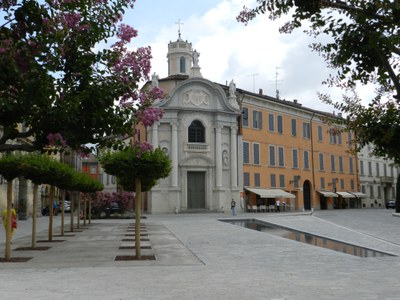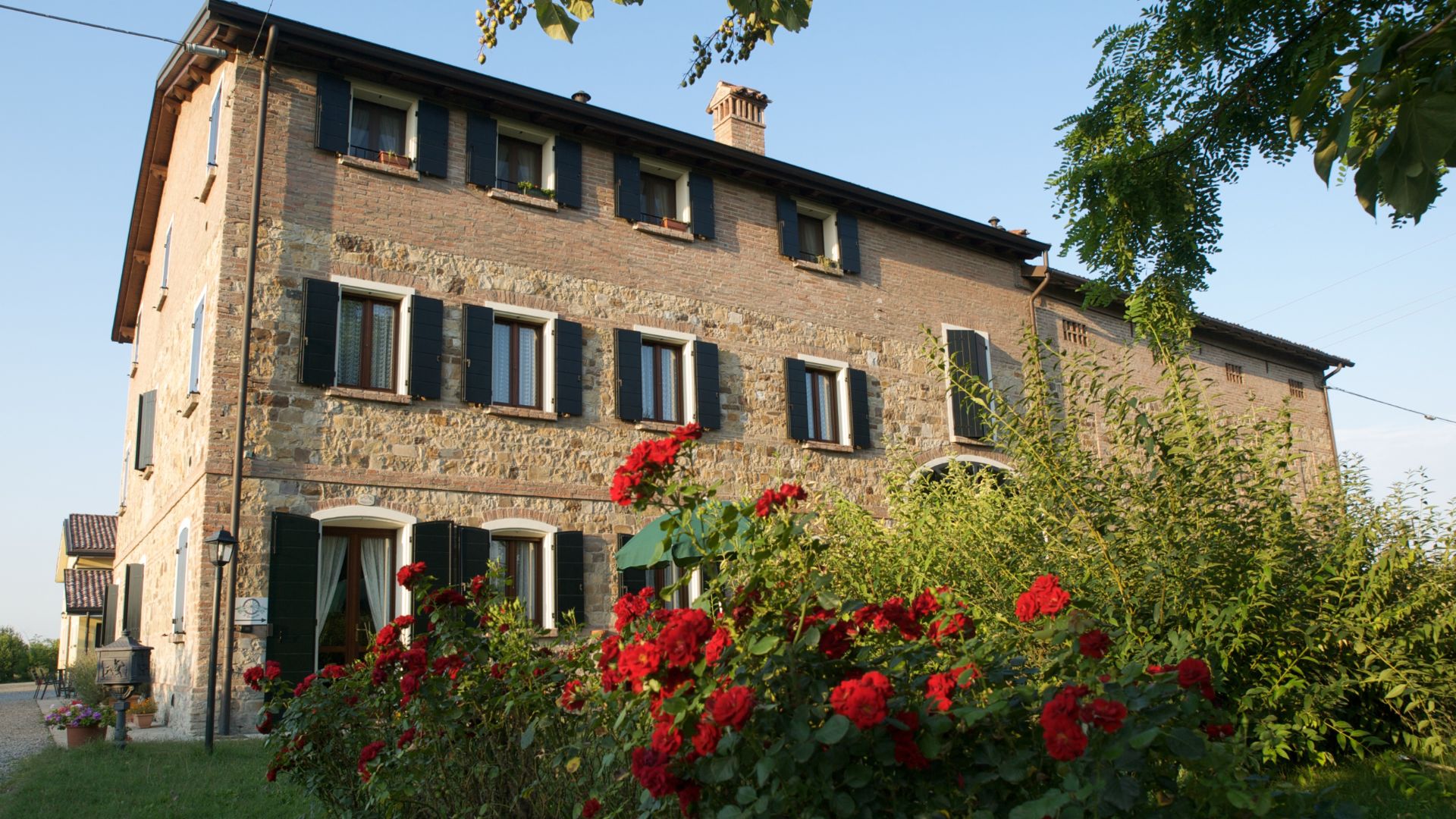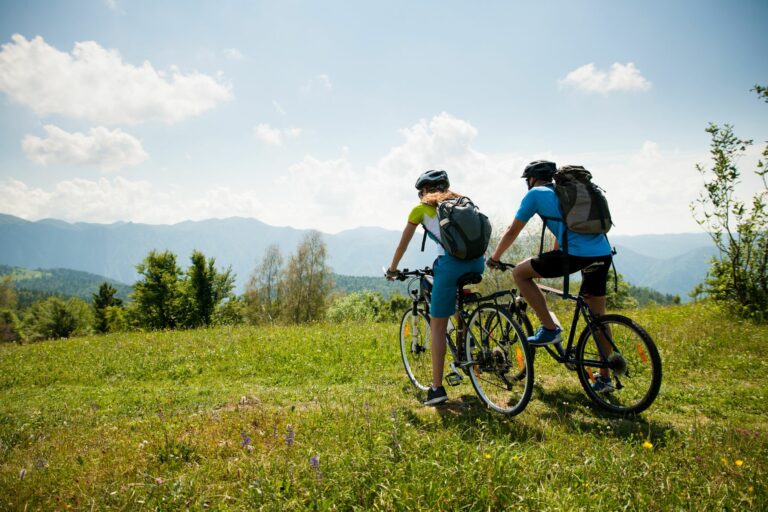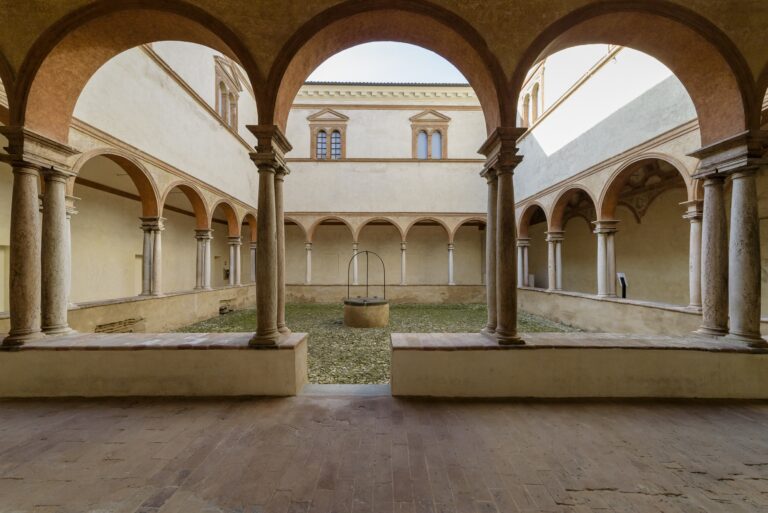What to see in Reggio Emilia? Here is a not-to-be-missed itinerary in the historic centre that starts from the Via Emilia and arrives in Corso Garibaldi, the ancient bed of the Crostolo torrent that crossed the city.
From Piazza del Monte, overlooked by the Palazzo del Capitano del Popolo and the Palazzo del Monte di Pietà, follow Via Emilia Santo Stefano (in the direction of Parma) to Piazza Gioberti, characterised by the large obelisk erected in the first half of the 19th century in honour of the wedding between Princess Adelgonda of Bavaria and Crown Prince Francesco V d’Este. Now that it is no longer traversed by fierce Roman soldiers on their march, the Via Emilia has not lost its representative function, certified not only by its venerable prominence among the shopping streets, but also by the uninterrupted sequence of splendid buildings that accompany its route.
We are now in Corso Giuseppe Garibaldi, traditionally called Corso della Ghiara. After a few steps we reach the Basilica della Beata Vergine della Ghiara (also known as the Basilica of the Blessed Virgin of the Ghiara), one of Reggio Emilia’s main religious buildings and one of Italy’s most important Marian shrines. It was erected thanks to the offerings of the Reggio Emilia faithful following a miracle that occurred on 29 April 1596 in favour of Marchino, a boy deaf-mute from birth who, after praying intensely to the image of the Madonna, acquired speech and hearing. Inside are valuable works of art by artists of the calibre of Ludovico Carracci, Guercino, Lionello Spada, Alessandro Tiarini, Carlo Bononi and Luca Ferrari.
Continuing along Corso Garibaldi we come across (at number 29) Palazzo Magnani, named after its last owner, the renowned musicologist and art critic Luigi Magnani. The earliest record of the palace dates back to 1608, although the two-faced Janus (by Prospero Sogari, known as il Clemente) on the corner with Via Vicedomini bears the date 1576. It currently hosts temporary exhibitions and workshops of various kinds. Turning onto Via Vicedomini and walking along the initial stretch of Via Fiordibelli, one reaches the small and graceful Piazza San Lorenzo.
Continuing first along Via Fiordibelli and then Via San Pietro Martire, we reach Piazza San Giovanni, overlooked by the Church of San Giovanni Evangelista, commonly known as San Giovannino. It was rebuilt in the 16th century to a design by Girolamo Casotti, son of the more famous Antonio. The church is not only a place of worship, but a veritable treasure trove of artistic treasures, including: the paintings of the tribune by Parma-born Sisto Baldocchio, who also painted the fresco on the dome (modelled on Correggio’s dome in San Giovanni in Parma); the two large canvases by Alessandro Tiarini on either side of the presbytery; and the famous sculptural group depicting the Mortuary of Christ, from the workshop of Guido Mazzoni.
To return to Corso Garibaldi, walk along a section of Via Guido da Castello, along which you can admire the house built by the architect-scenographer Giovanni Paglia (at number 21) and Casa Rossi (at number 25). Back on Corso Garibaldi, after a few steps, at the junction with Via Luigi Carlo Farini, you will come across the monumental Palazzo Manenti, also known as Palazzo Panciroli Trivelli. A silent witness to more than five centuries of Reggio history, it was built by the Panciroli family and later sold, first to the Trivelli family (in the 18th century) and then to the Manenti family (in 1931). Over time it has hosted illustrious personalities, including Napoleon Bonaparte, who stayed here on several occasions. It features a beautiful porticoed courtyard with perspective decorations.
At this point, the itinerary continues to Piazza Luigi Roversi, better known as Piazza del Cristo, after the name of the beautiful Baroque church facing it. Built as an oratory to a design by Giovan Battista Cattani from Reggio Emilia, it was later transformed into a church during the 18th century. Of great interest is the façade, whose portal is surmounted by a shaped window with a balustrade and three marble statues by the Veronese sculptor Angelo Finali. To the right of the Church of Christ stands the majestic Palazzo Rangone, of severe Mannerist style and attributed to Jacopo Barozzi known as the Vignola.
Opposite Palazzo Rangone there is a diversion that leads through Via Bardi to the Church of Sant’Agostino. Founded in the 8th century and remodelled over time, it features a beautiful Baroque façade renovated in the first half of the 18th century to a design by the Bolognese architect Alfonso Torreggiani. Its interior houses one of three paintings in Reggio Emilia by the well-known Ferrara painter Giovan Francesco Barbieri, known as Guercino. Back on Piazza Roversi, we turn into Via Farini, where the itinerary ends with a visit to the Church of San Giorgio. The present construction, built starting in 1638, traces the typical forms of Jesuit architecture. The most striking and characteristic element of the church is the bell tower.
Photo gallery © Reggio Emilia Welcome – IAT




AGRITURISMO IL BRUGNOLO
Welcome to il Brugnolo
If you’re looking for completely independent apartments surrounded by greenery you really are in the right place here!
In fact, Brugnolo is immersed in the green nature of the Emilian countryside. For your relaxation, for that of your children, and again for the runs of your 4-legged friends, you will have 6000 square meters of park at your disposal!






